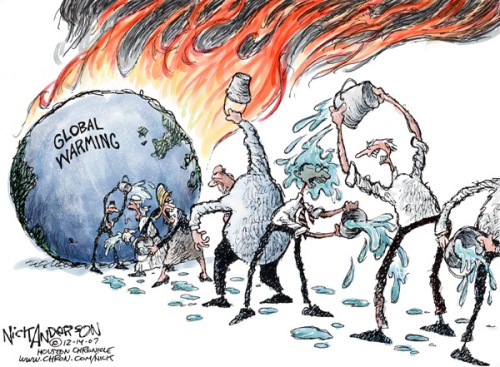Here is the first set of biodiversity cartoons for 2022. See full stock of previous ‘Cartoon guide to biodiversity loss’ compendia here.
Read the rest of this entry »
Here is the first set of biodiversity cartoons for 2022. See full stock of previous ‘Cartoon guide to biodiversity loss’ compendia here.
The abundance of wild animals is regressing speedily as the number of domesticated animals and persons keeps escalating. Such demographic contrast signals that we urgently need to modify our model of subsistence and our interaction with Mother Nature.
If we had to choose between a biodiverse landscape and one hosting a monoculture of pine trees with ruminating cattle, many would take the first option. Biodiversity has an aesthetic value to humans, and also gives us free services like pollination, climate regulation, freshwater depuration or soil formation (1, 2). That is why the mounting rates of biodiversity loss have propelled a multi-angled debate about whether the Earth is experiencing the sixth mass extinction (3, 4) and how biodiversity should be managed to secure our access to ecosystem services (5, 6).
Think individuals, not species
A different way of approaching the biodiversity crisis consists of examining trends in the number of wild animals, with not so much emphasis on the variety of species. Thus, the Living Planet Report 2020, published by the World Wildlife Fund, has compiled thousands of scientific studies about > 21,000 populations of wild vertebrates studied over time (> 4,000 species represented) and concluded that, on average, the number of individuals per population has diminished by 70% since the 1970s (7).

On the other hand, Yinon Bar-On et al. (8) quantified that the biomass of humans and our domesticated mammals currently multiplies the biomass of wild mammals by a factor of 10, and there are 3 kg of humans and poultry for every kg of wild birds (see video featuring this study).
Not only that, during the last 100,000 years through which anatomically modern humans have thrived from a handful of bands of African hunter-gatherers to complex societies living in metropolis, the cattle industry has ended up quadrupling the global biomass of mammals (8).
Read the rest of this entry »Here is the second set of biodiversity cartoons for 2021. See full stock of previous ‘Cartoon guide to biodiversity loss’ compendia here.

As the pandemic rages globally, and the fragility of the American political system goes on full display, I give you the first set of biodiversity cartoons for 2021. See full stock of previous ‘Cartoon guide to biodiversity loss’ compendia here.

 There’s a romantic myth surrounding Australia that is pervasive both overseas and within the national psyche: this sun-scorched continent home to stoic bushmen1 that eek out a frugal, yet satisfying existence in this harsh rural land. Unfortunately that ideal is anathema to almost every Australian alive today.
There’s a romantic myth surrounding Australia that is pervasive both overseas and within the national psyche: this sun-scorched continent home to stoic bushmen1 that eek out a frugal, yet satisfying existence in this harsh rural land. Unfortunately that ideal is anathema to almost every Australian alive today.
While some elements of that myth do have a basis in reality – it is indeed a hot, dry, mostly inhospitable place if you count the entire land area (all 7.69 million square kilometres of it), and it does have the dubious honour of being the driest inhabited continent on Earth – most Australians live nowhere near the dry interior or the bush.
Despite our remarkably low average population density (a mere 3.09 people per square kilometre), Australia is in fact one of the most urbanised nations on the planet, with nearly 90% of its citizenry living within a major urban centre. As a result, our largely urban/suburban, latte-sipping, supermarket-shopping population has little, if any, connection to the vast landscape that surrounds its comfortable, built-up environs. There should be little wonder then that Australians are so disconnected from their own ecology, and little surprise that our elected officials (who, after all, represent the values of the majority of the citizens they purport to represent), are doing nothing to slow the rapid flushing of our environment down the toilet. Indeed, the current government is in fact actively encouraging the pace of that destruction. Read the rest of this entry »